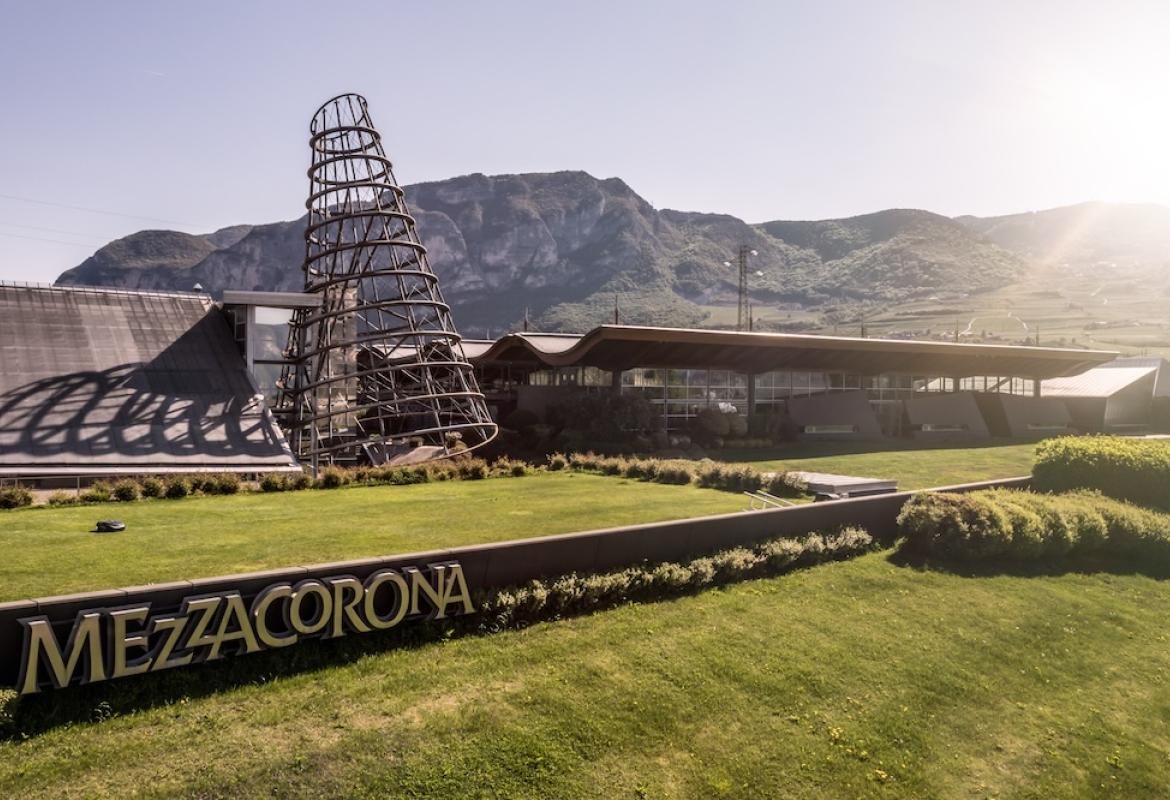According to the German Wine Institute (DWI), the reason for the increased yield is the rainfall in September, which gave the already ripe grapes more volume after the hot, dry summer. However, the weather conditions at the peak of the harvest created additional challenges and required quick action and additional selection work after a year that had until then been largely free of disease pressure. Some regions recorded below-average yields despite the rainfall.
The harvest in Rheinhessen was slightly below average, and on the Mosel it was even 7% less than the 10-year figure, which is mainly due to the locally extreme drought conditions, as industry insiders repeatedly emphasised over the course of the summer.
On the other hand, Baden and the flood ravaged Ahr region achieved very satisfactory volume results, with 50% and 39% respectively more than the poor result of the previous year and 13% more than the average of the last 10 years.
Lower must weights
The increase in volume due to the September precipitation and presumably the plants' own "energy-saving mode" during the dry period resulted in comparatively low must weights compared to the past heat years of 2018, 2019 and 2020. The majority of the wines, especially in the late-ripening varieties, are therefore likely to be moderate in alcohol content and lighter than expected. Lower acidity levels than in the previous year could lead to harmonious, appealing wines, that, according to the DWI, are "perfectly in line with the general consumption trend".
In 2022, red wines may have particularly benefited from the sunny summer. According to the general assessment, they will be colour-intensive and fruit-driven with ripe, soft tannins.
The 2022 wine harvest by growing region, compared to the previous year and the 10-year average






